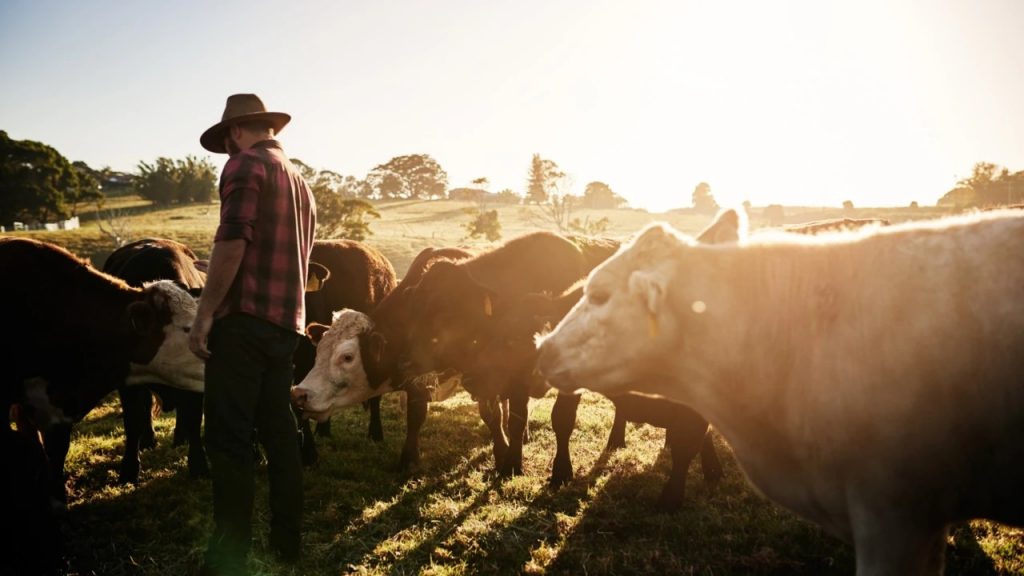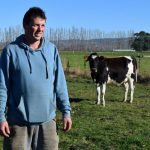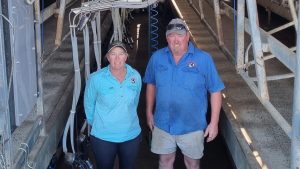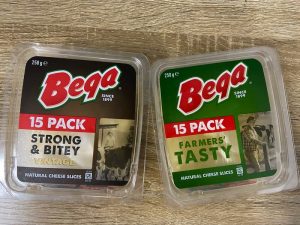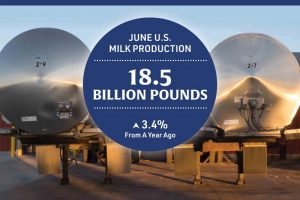
Bega chief executive Pete Findlay says more than two thirds of the Australian dairy pool is impacted by global commodity prices, amid the imminent deadline for farmgate prices.
As dairy processors keep mum on opening prices for the 2024-25 season, Bega chief executive Pete Findlay says the company will “definitely” announce its opening price by the June 3 deadline but is still assessing all the available information.
“More than two thirds of our dairy pool is impacted directly or indirectly by global commodity prices. So it’s really just trying to understand where they’re at and where they might go over the next 12 months,” he told The Australian Ag Podcast.
With forecasts of opening prices around $8-8.50/kg of milk solids, Mr Findlay said it’s difficult to say whether that price would provide dairy farmers a reasonable margin.
“After the dark days of 2016, ’17, ’18, the last four years has seen reasonably good profitability, and we’re really pleased to see that. So we’ll try and create as much margin as possible for farmers, but it’s hard to put an exact number on (what price would be reasonable), because of different regions, weather and a number of different scenarios,” he said.
You can listen to the full episode of The Australian Ag Podcast with Pete Findlay
Speaking on the likely exit of fellow dairy processor Fonterra from the Australian market, Mr Findlay does not expect it to have a negative impact on the industry.
“Whoever buys them will pay a significant amount of money for them, and it will be in their interest to ensure that they continue to be strong, and will need to ensure that suppliers are well engaged, and there’s good volumes of milk flowing through them, so I don’t see it being a negative at this stage,” he said.
Labour issues, rising costs of inputs and consumers not wanting to pay more for cheese amid a rising cost of living environment were some of the challenges the industry was facing, but Mr Findlay was still confident the outlook for dairy in Australia was “really strong”.
“The consumer is enjoying the functional benefits of dairy, and recognising it’s a reasonably affordable protein when compared to other products, and it’s an indulgent product that is still really good for you,” he said.
“I think where it gets tough for processors is when product is directly or indirectly affected by global commodity prices.
“Firstly, trying to compete with products overseas, and then secondly, the indirect impact of non-fresh product on the retail shelves where it then has to compete with imported products.”
You can now read the most important #news on #eDairyNews #Whatsapp channels!!!
🇺🇸 eDairy News INGLÊS: https://whatsapp.com/channel/0029VaKsjzGDTkJyIN6hcP1K
